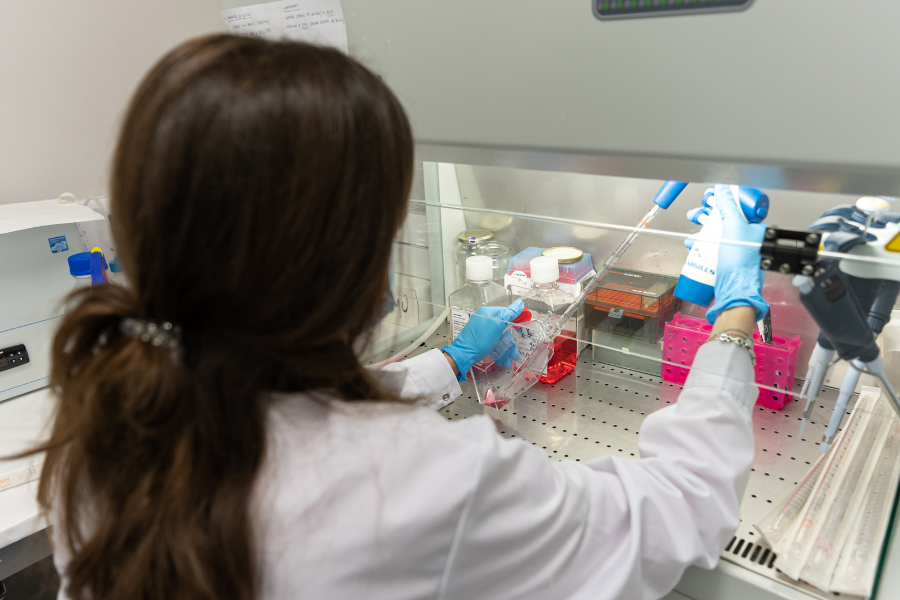New plant-based material paves the way for water decontamination
Ensuring the availability of freshwater is a global challenge, with 80% of the world’s population at risk of water scarcity or insecurity. Moreover, water plays an essential role in the balance of ecosystems and the preservation of biodiversity across the planet.
Water pollution is one of the major challenges of today’s society, particularly as a consequence of new anthropogenic pollutants called Emerging Organic Contaminants (EOCs).
EOCs include pharmaceuticals, personal care products, dyes, pesticides, veterinary and industrial products, and their presence can have negative effects on living organisms, even at low concentrations, on the order of micrograms to nanograms per liter. More than 200 pharmaceutical products have been found in river waters. Recent studies revealed environmentally worrisome concentrations of pharmaceutical pollutants in more than a quarter of 1,052 locations analyzed in 104 countries (2). This fact, coupled with the low removal rates (<50%) of many of the currently implemented WWTP technologies, has led to interest in alternative removal methods, including the use of adsorbents.
Although methods for treating water with EOCs have been proposed, they do not achieve sufficient removal, so new, more efficient alternatives must be sought.
In this context, researchers from Institute IMDEA Energy’s Advanced Porous Materials Unit, in collaboration with Stockholm University, have developed a new highly porous and stable material called SU-102, which is synthesized from zirconium and ellagic acid, an edible polyphenolic compound, highlighting the possibility of creating stable, high-performance multifunctional materials from sustainable plant components.
The SU-102 material is designed to remove EOCs from water, including the actual effluent from an urban wastewater treatment plant (WWTP). This material retains cationic EOCs with particularly high efficiencies; of the 17 pharmaceutical EOCs detected in the WWTP effluent, all 9 cationic species were removed with efficiencies between 79.0 and 99.6%, highlighting the importance of loading in the material structure for selectivity. As an additional mechanism of EOCs removal, the SU-102 material was able to photodegrade the antibiotic sulfamethazine using visible light.
To further investigate the removal of EOCs by SU-102, three drugs were selected that are frequently found in high concentrations in wastewater and are often poorly removed in WWTPs: the b-blocker atenolol (At), the veterinary antibiotic sulfamethazine (SMT) and the anti-inflammatory drug diclofenac (DCF). These drugs can have serious toxic effects, such as renal dysfunction, hormonal imbalance and/or development of bacterial resistance. Using high concentrations of the EOCs in tap water, SU-102 was able to rapidly (within 2 h) eliminate 70, 19 and 11%, respectively.
On the other hand, photodegradation studies of At, SMT and DCF were also performed with SU-102 under conditions similar to the adsorption experiments. While At and DCF appear to be removed exclusively by adsorption, SU-102 acted as an efficient photocatalyst in the degradation of SMT (38% for adsorption versus 100% for visible light photodegradation), maintaining its chemical and structural integrity.
The study thus shows that the combination of catalytic and adsorption processes in a single material could pave the way to remove a wide variety of EOCs from contaminated water and how the use of adsorbents made from sustainably sourced components would facilitate highly efficient sequestration of a wide range of contaminants, a crucial aspect to ensure freshwater availability while meeting the overall goal of sustainability.



